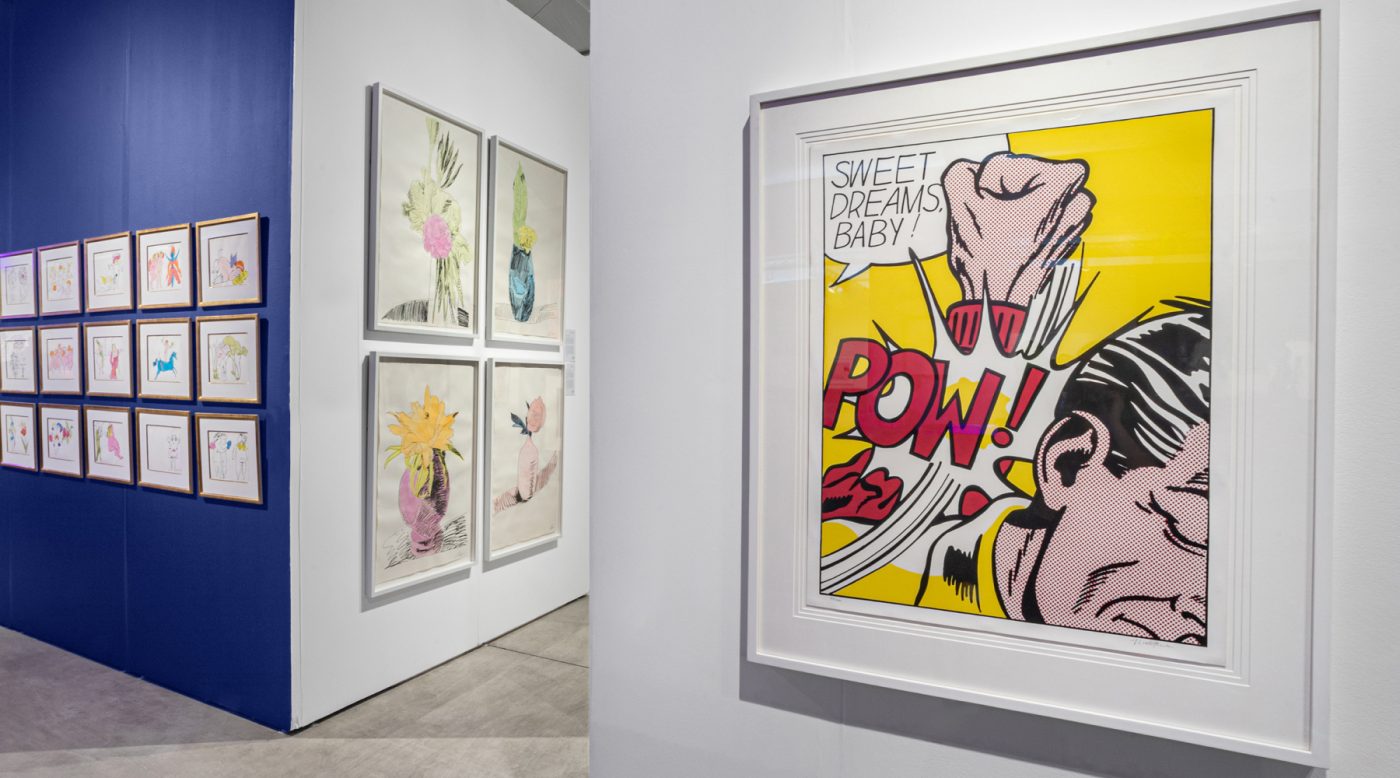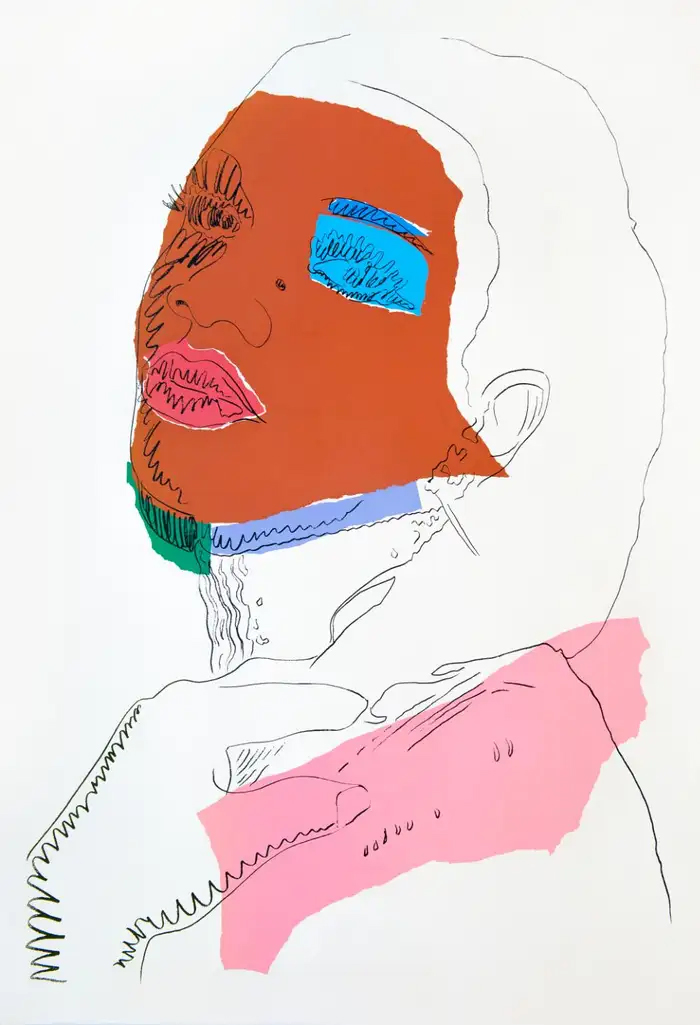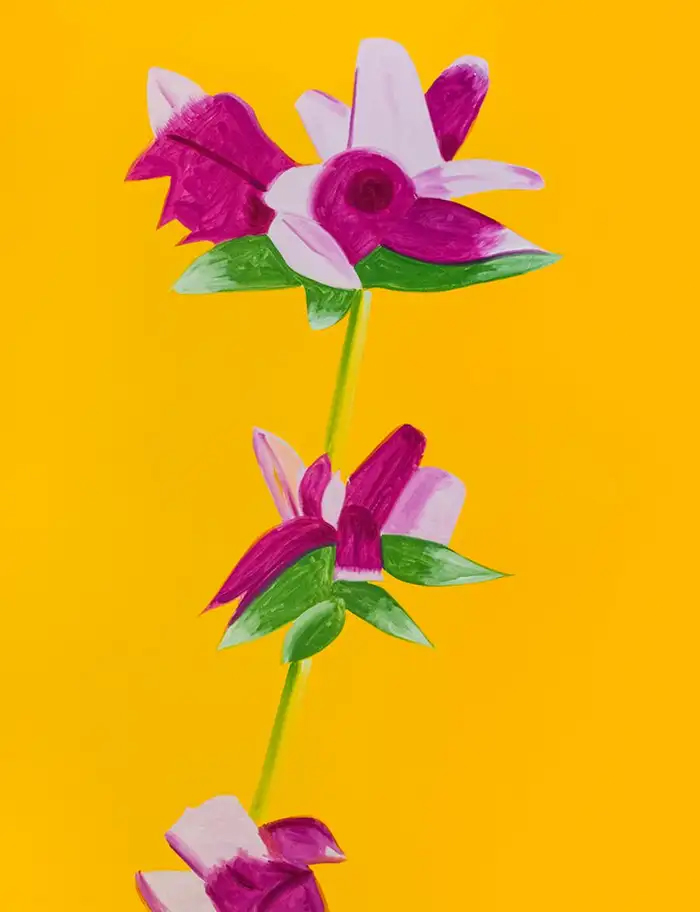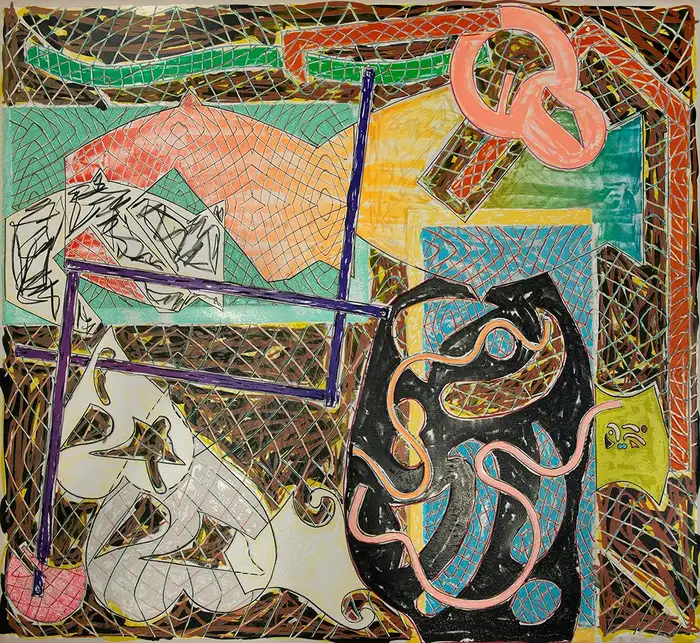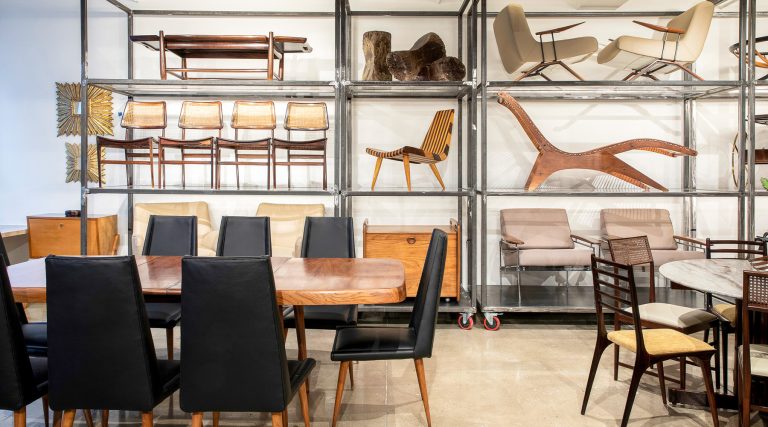January 21, 2024Bernard Shapero was feeling restless. After specializing in rare books for 25 years, the Londoner wanted to branch out into modern and contemporary prints. He already knew something about the field — after all, many rare books are essentially editioned works of art. But Shapero wanted to start immediately with the good stuff. And for that, he would need an expert.
So, he asked Tabitha Philpott-Kent to head the new division as director. Philpott-Kent, who studied art history as an undergraduate and got a master’s degree from Christies Education, spent eight years specializing in prints in the auction world, at Sotheby’s, Bonhams and Bloomsbury, and went on to work in the acclaimed prints department at Marlborough Galleries in London.
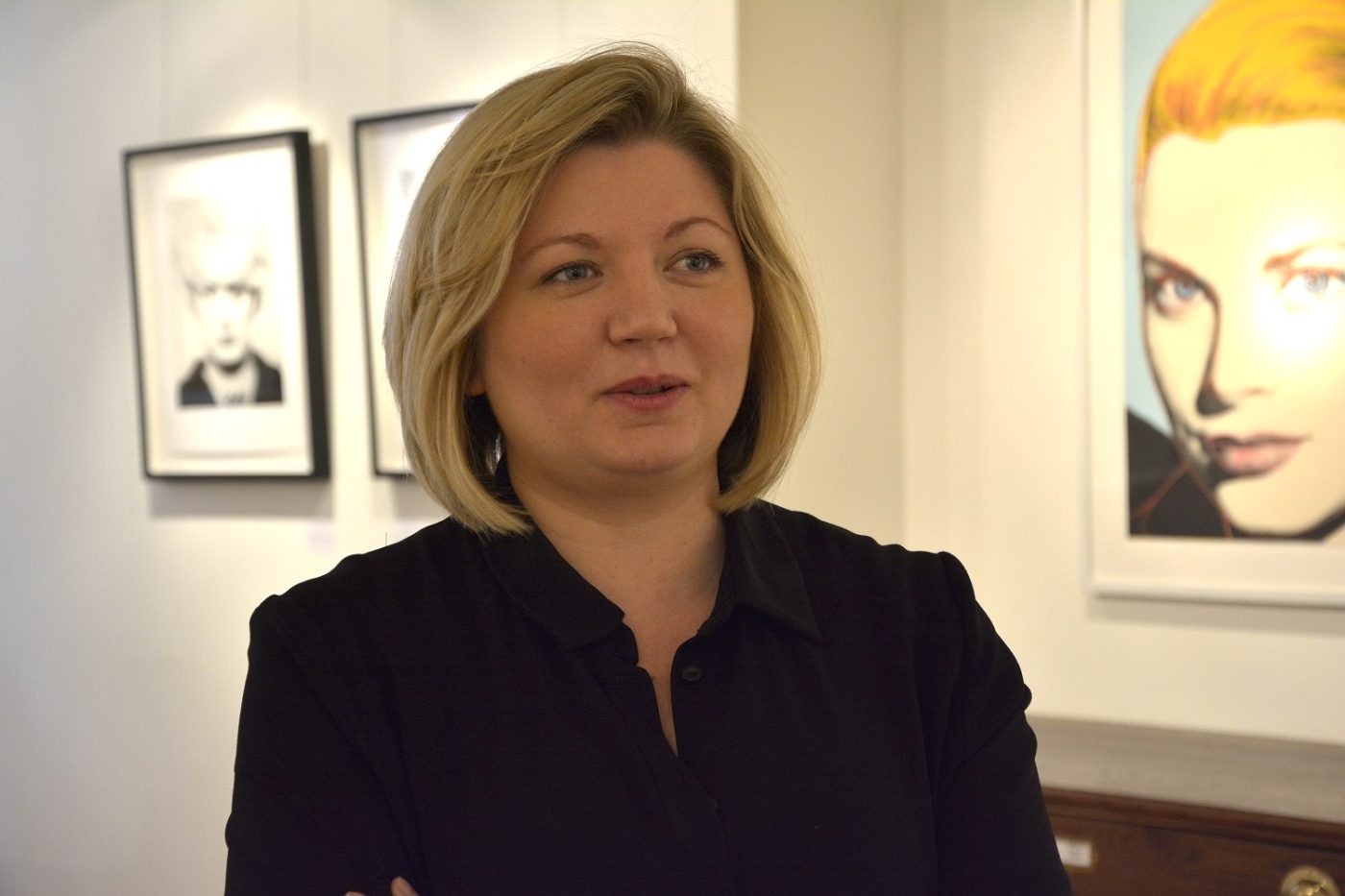
In 2014, Shapero and Philpott-Kent launched Shapero Modern gallery, which quickly amassed prints by Andy Warhol, Pablo Picasso, Helen Frankenthaler, Alex Katz, Frank Stella and other blue-chip artists.
Soon, Shapero Modern found a place at top-tier art fairs like London’s Frieze Masters, TEFAF Maastricht, Art Miami and New York’s IFPDA Print Fair. And it moved out of Shapero Rare Books into its own space, on the ground floor of a neoclassical building on Maddox Street in Mayfair, mounting half a dozen exhibitions a year, curated by Philpott-Kent. “The area is a famous hub for many different galleries, but we remain one of a very few standalone print dealers in the West End,” she says.
Introspective chatted with Philpott-Kent about what it’s like to work with an unparalleled trove of 20th- and 21st-century prints.
What’s the rarest or most unusual object you’ve ever handled?
When I worked in the auction world, we sold an Edvard Munch Madonna jigsaw print, 1895, that had been extensively hand colored. Being that close to a truly museum-quality piece was amazing.
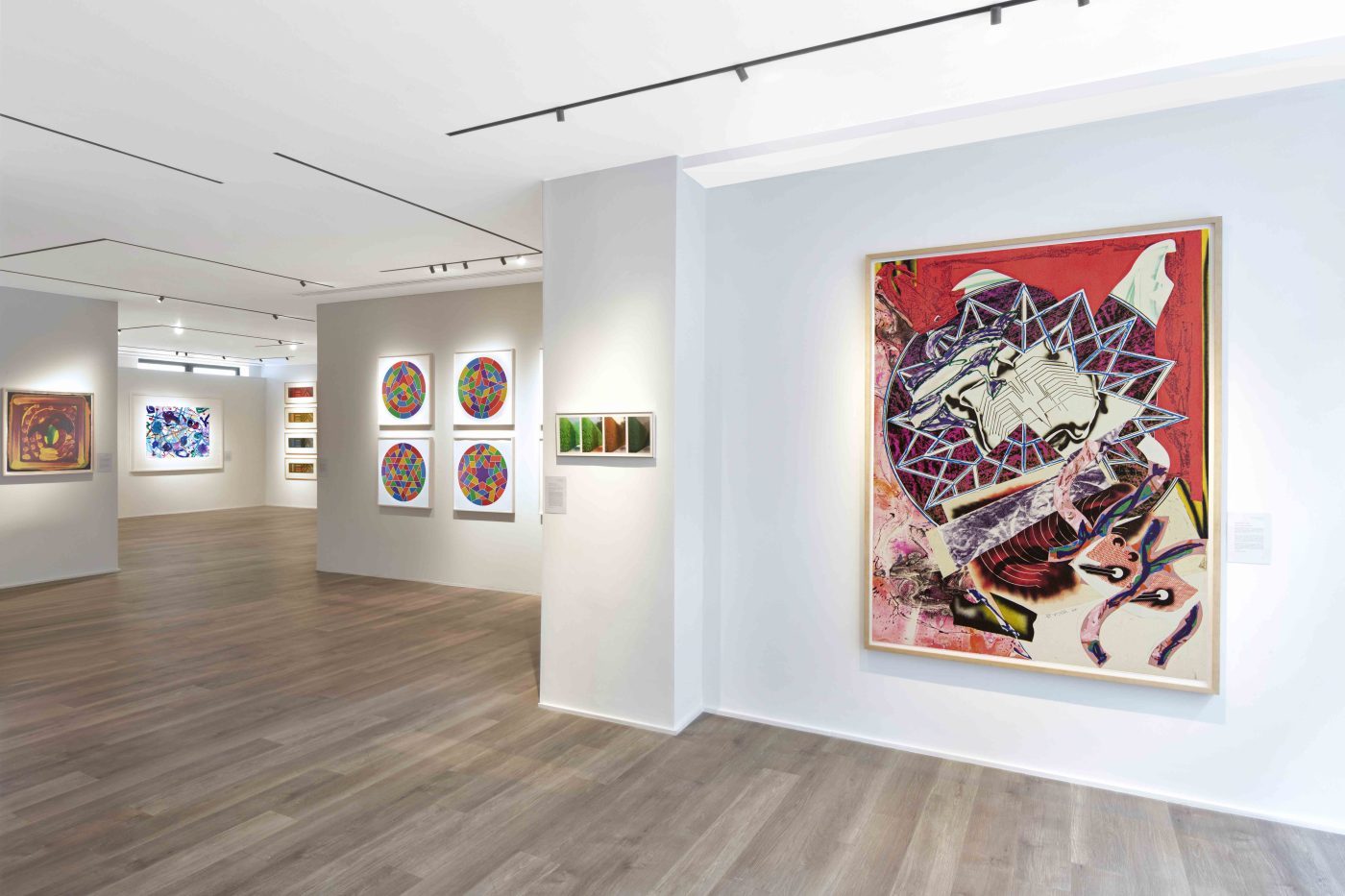
What’s one piece at Shapero Modern that exemplifies the type of prints you gravitate toward?
Frank Stella’s Squid, 1989, from “The Waves” series, is one of my favorite works in our stock. He is one of the most inventive printmakers alive today. This work has so many elements: silkscreen, lithograph, linoleum block, hand coloring, marbling and collage. You can’t quite believe that someone could even think of it, let alone execute it.
The colors and scale are astounding. And I really think it demonstrates that prints are not just copies of paintings, they are extremely complex and labor-intensive works of art.
What are the features of fine-art prints that make them particularly collectible?
Original prints are, in my opinion, the best way for artists to connect with a wider audience and for that audience to own works of art by the most influential artists who have ever lived.
You can own a Rembrandt or a Picasso — touched by their own hands, made with their own minds — and you can look at it every day knowing that you have a direct connection to something almost ethereal.
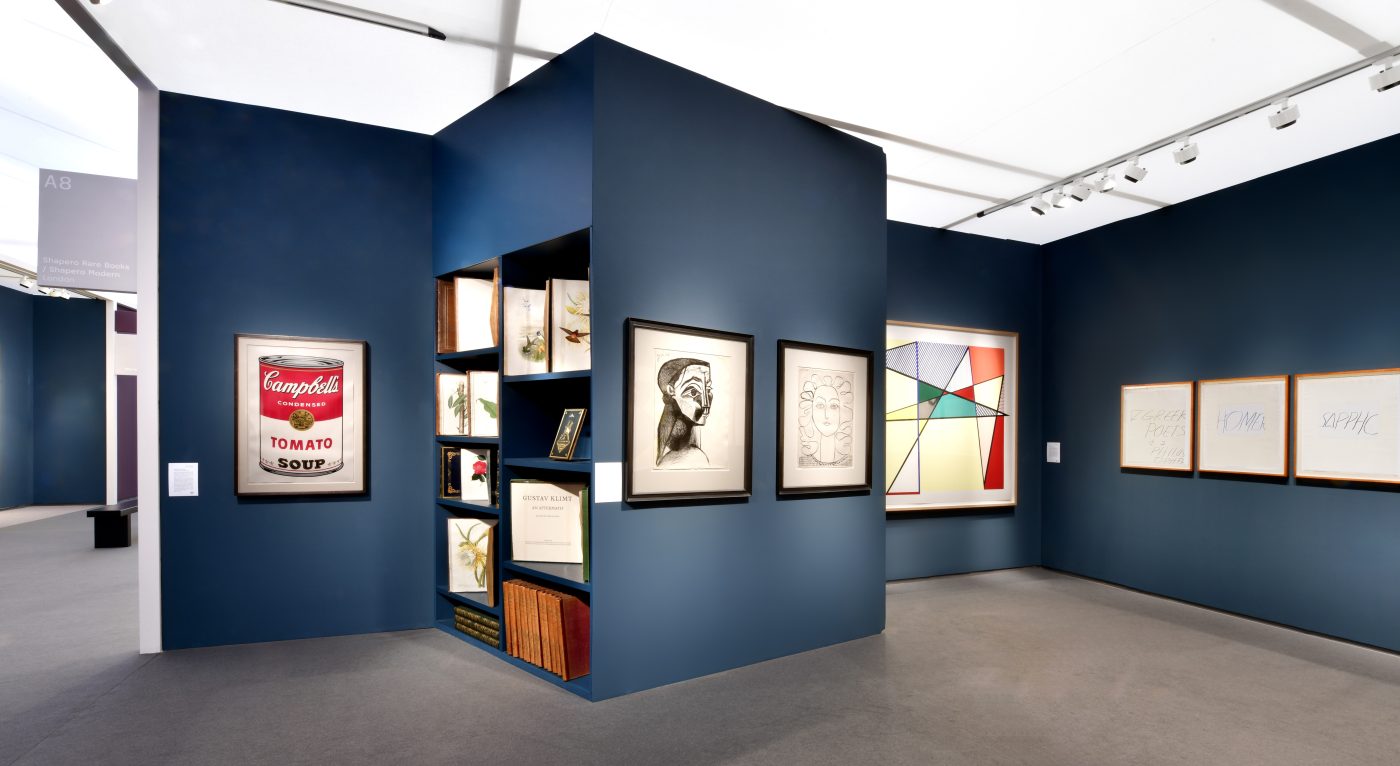
What are the telltale traits of a print made by Picasso or Warhol?
Warhol is a prime example of an artist who has become hugely collectible and very recognizable. He was a self-marketing genius and a great artist. His bold colors and identifiable themes have made him hugely popular to collectors worldwide.
The Campbell’s soup can is such an everyday object that most people have in their kitchen cupboards, and he elevated it to fine art, which is an incredibly clever thing to do. Warhol stuck to one technique, screen-printing, that best exemplified the style and message he was trying to convey.
Picasso, considered by many to be the greatest printmaker of the twentieth century, shows such a huge breadth and depth in his work. He invented printmaking techniques, and he loved making prints. He is an amazing artist to really spend time looking over his complete oeuvre because his styles change so much over the years of his working life. He was an enigma, always evolving.
What I particularly love about Picasso, from a collector’s point of view, is that the price range is huge, and that in itself means that it’s very accessible to have one as part of your collection.
What’s your favorite book on the topic of printmaking?
MoMA, in New York, has one of the best collections of prints in the world. Its prints department was presided over by the inimitable Riva Castleman, whose definitive book, Prints of the Twentieth Century, is a great overview for any collector.
Are you seeing an increase in popularity of a certain style, era or artist right now? Any comebacks related to museum shows, for example?
As with most creative areas, fashions wax and wane. For example, after the big 2015–16 retrospective at the Whitney for Frank Stella, the popularity for his later, very maximalist works came back with a vengeance, which is great, because they really are some of his best.
Still, the classics remain the most collectible works. It’s often seen as a cliché, but the most popular works are that way for a reason. It means the artist has really connected to their audience.
What would be your dream artwork to own, either from a museum or in private hands?
The list is huge! I have wide and eclectic tastes, and I think most people who work in our world appreciate all forms of art and crafts. But if there is one unobtainable work I would like to own, it is William Nicholson’s 1920 painting Miss Jekyll’s Gardening Boots, in the Tate Gallery collection. It’s so simple yet says so much about both artist and sitter. Or any Caravaggio.
